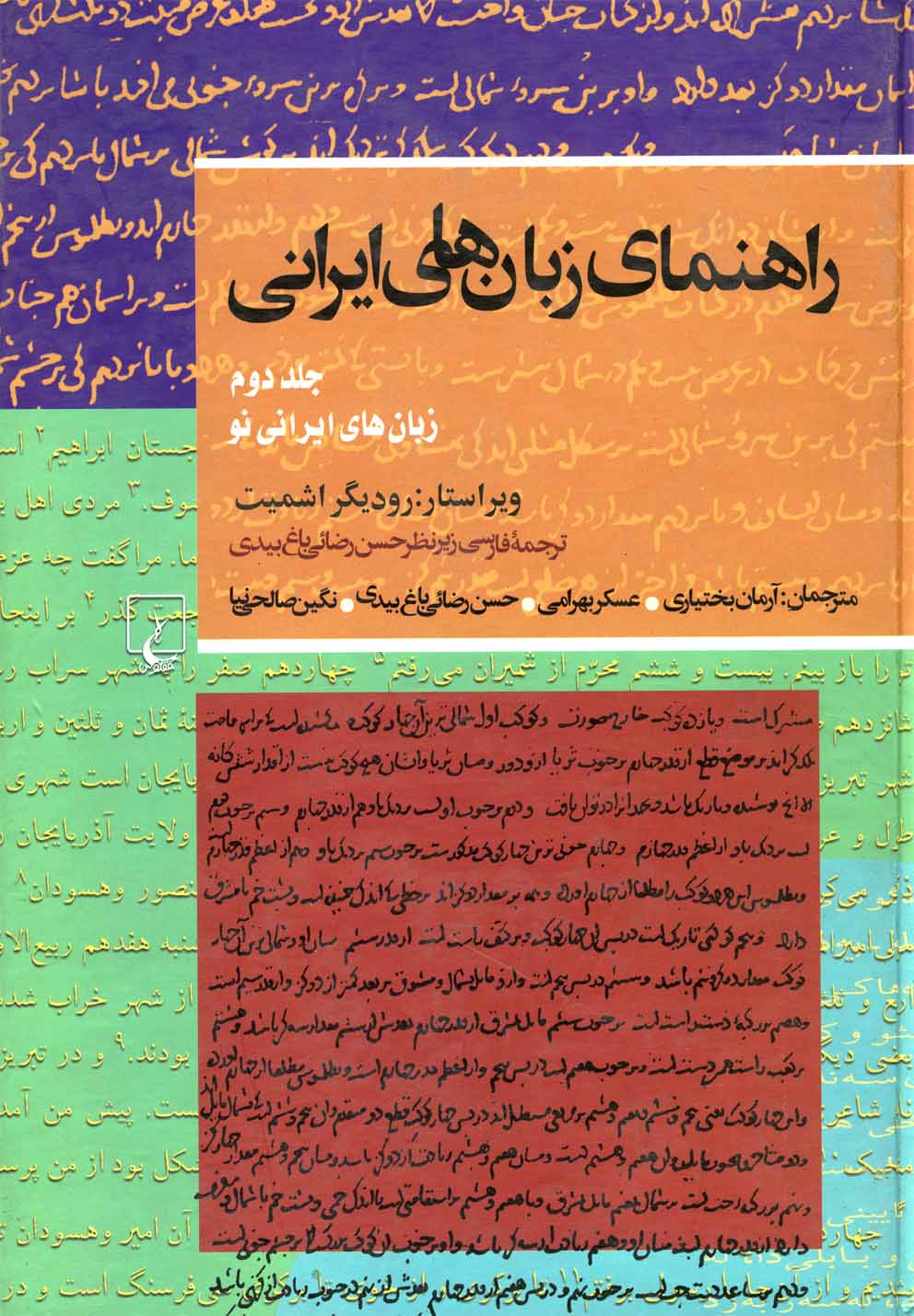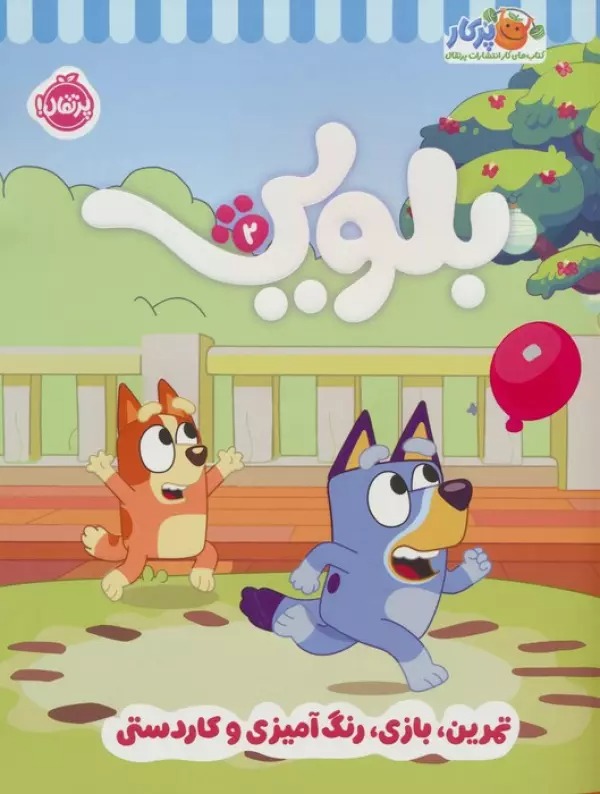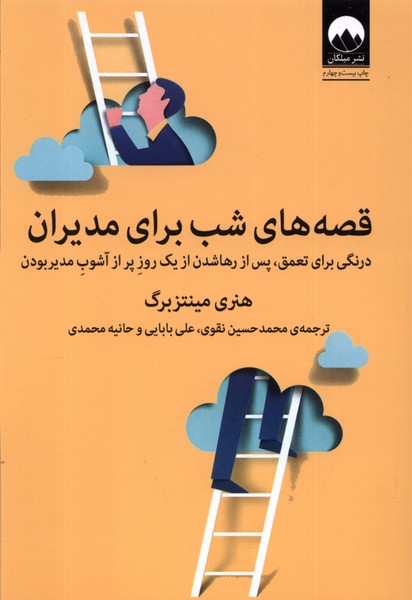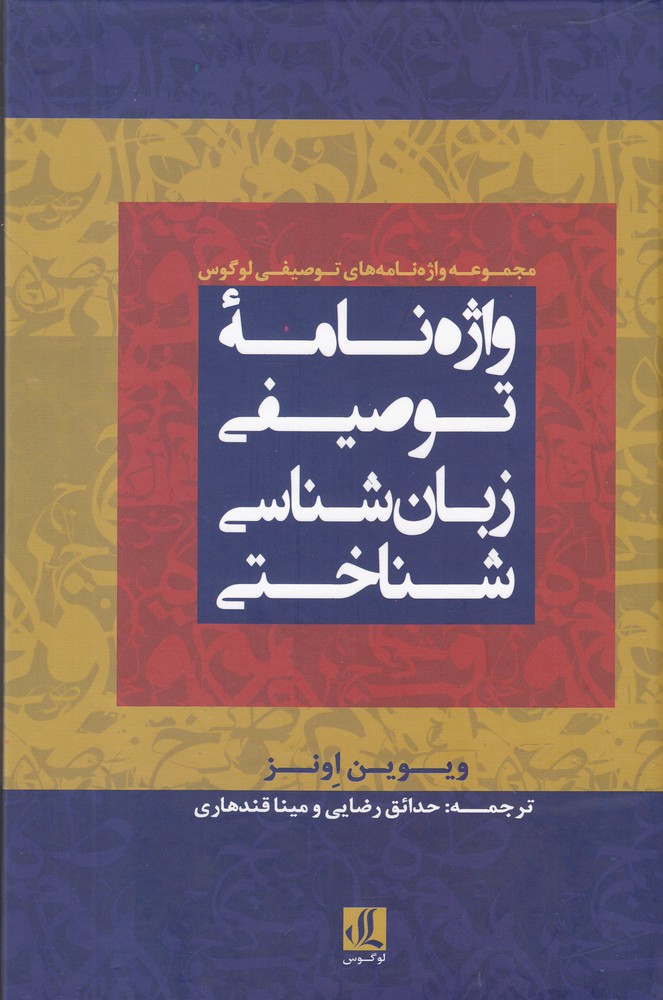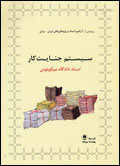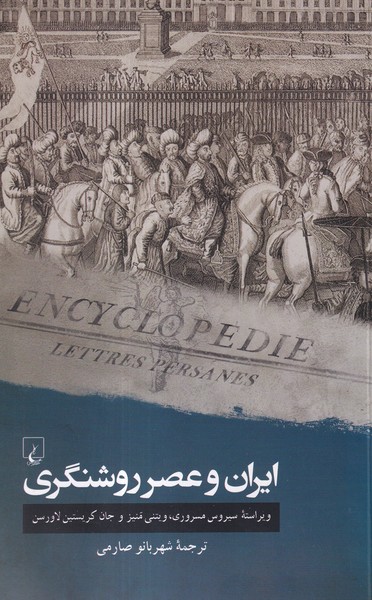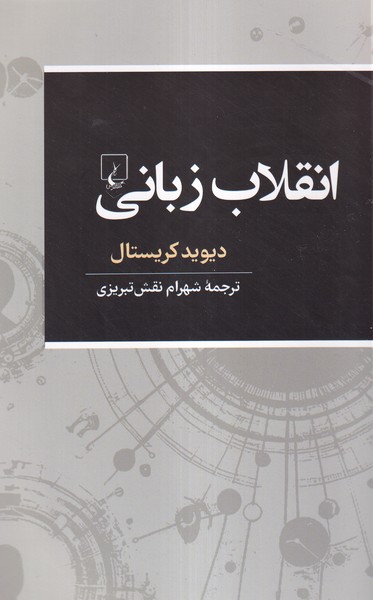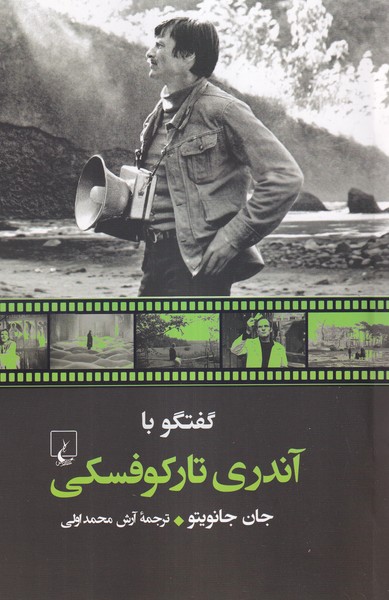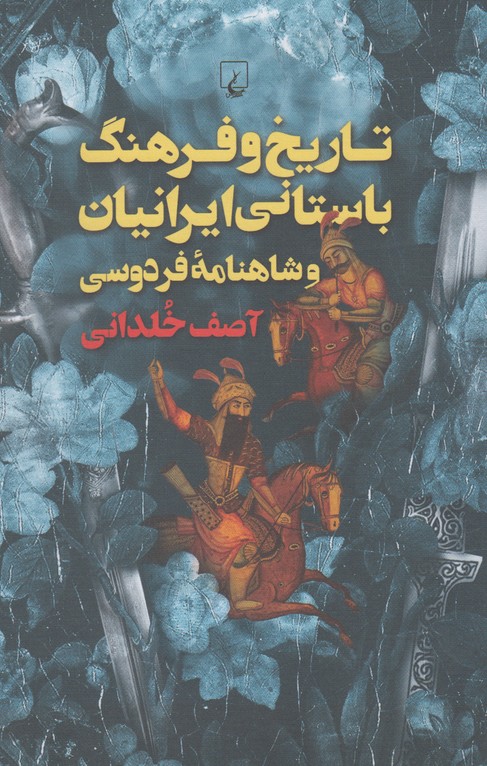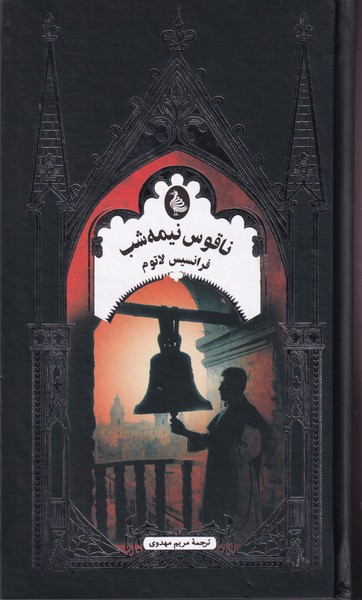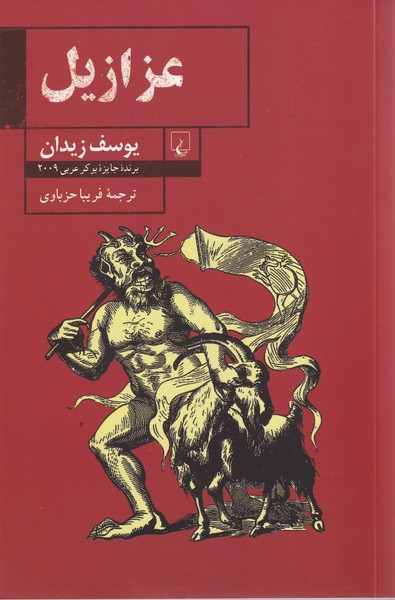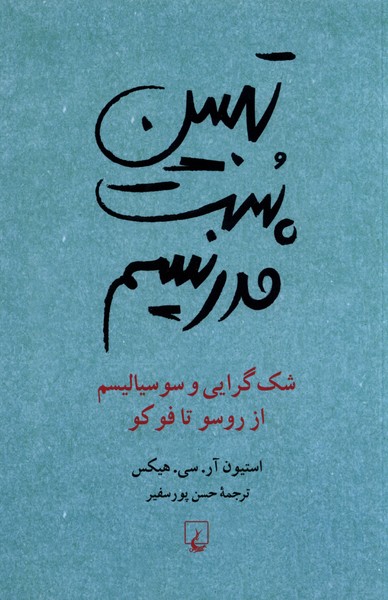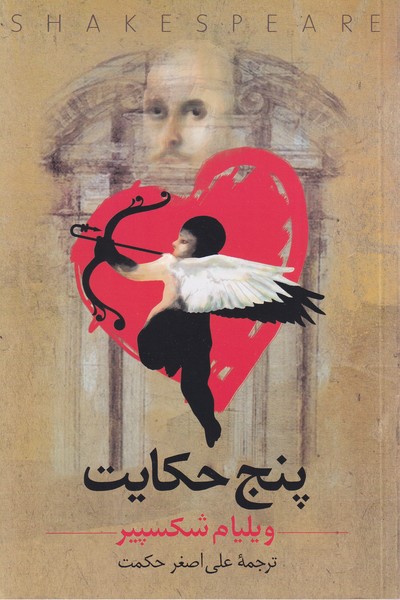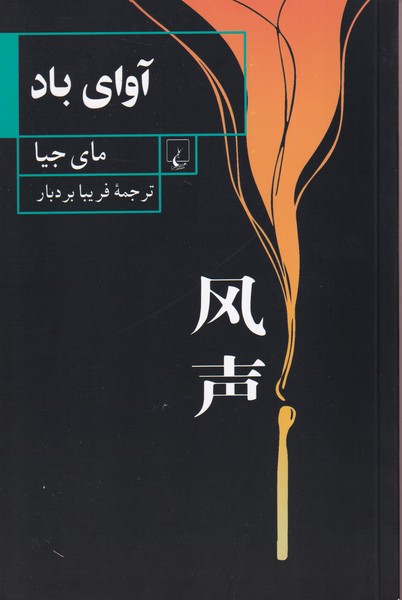Rāhnamā-yi Zabān'hā-yi Īrānī (jild-i 2: Zabān'hā-yi Īrānī-yi Naw): Persian 1399
راهنمای زبانهای ایرانی (جلد 2: زبانهای ایرانی نو)
26.36 $
Share
Wishlist
Original Title:
Compendium Linguarum Iranicarum
ISBN:
9789643113902
Translator:
Various Translators
Publisher:
Quqnus
Age Group:
Adult
Pages:
495
Weight:
431 g
Dimensions:
18 x 25 x 5 cm
Book Cover:
Hard Cover
(Old Iranian and Middle Iranian languages) New Iranian languages are concentrated in Iran and Afghanistan. Representatives of these languages can be found in Iraq, Syria, Turkey, the Soviet Union (Caucasus, Central Asia, Pamir), Turkestan China, the Indian subcontinent, and on the Arab shores of the Persian Gulf. In this way, the New Iranian languages geographically cover almost the same area as the Indo-Aryan languages, although there is no similarity in terms of the number of speakers, and the New Iranian languages have approximately 55 million speakers. Historically, New Iranian, like any term used to define a language period, is defined from the perspective of the sociology of language by emphasizing the dominant language or languages. In the case of New Persian, the collapse of the Sassanid Empire in the seventh century AD and the Islamization of the Iranian-speaking areas in the following centuries provided the basis for the emergence of New Persian as a culturally dominant new language among a complex set of several languages. The second volume of the guide to Iranian languages is from a volume of the same name, the first volume of which dealt with the analysis of ancient and middle Iranian languages.
more
(زبان های ایرانی باستان وایرانی میانه) زبان های ایرانی نو در ایران و افغانستان متمرکزند. نمایندگانی از این زبان ها را در عراق، سوریه ترکیه، اتحاد شوروی (قفقاز، آسیای مرکزی، پامیر) ترکستان چین، شبه قاره هند و در کرانه های عرب نشین خلیج فارس، هم می توان یافت. بدین ترتیب زبان های ایرانی نو، از نظر جغرافیایی ناحیه ای تقریبا به همان اندازه گستره زبان های هندو آریایی را دربر می گیرند، هر چند از نظر شمار گویش وران مشابهتی در میان نیست و زبان های ایرانی نو تقریبا 55 میلیون گویش ور دارند. به لحاظ تاریخی، ایرانی نو، مانند هر اصطلاحی که برای تعریف یک دوره زبانی به کار می رود، از منظر جامعه شناسی زبان با تأکید بر زبان یا زبان های غالب تعیین می شود. در مورد ایرانی نو، فروپاشی شاهنشاهی ساسانی در سده هفتم میلادی و سده های بعدی اسلامی شدن نواحی ایرانی زبان، زمینه پیدایی فارسی نو را به عنوان زبان جدید غالب از لحاظ فرهنگی از میان مجموعه پیچیده ای از چند زبان فراهم آورد. جلد دوم راهنمای زبان های ایرانی از مجلدی به همین نام است که جلد اول آن به بررسی زبان های ایرانی باستان و ایرانی میانه پرداخته بود.
more

